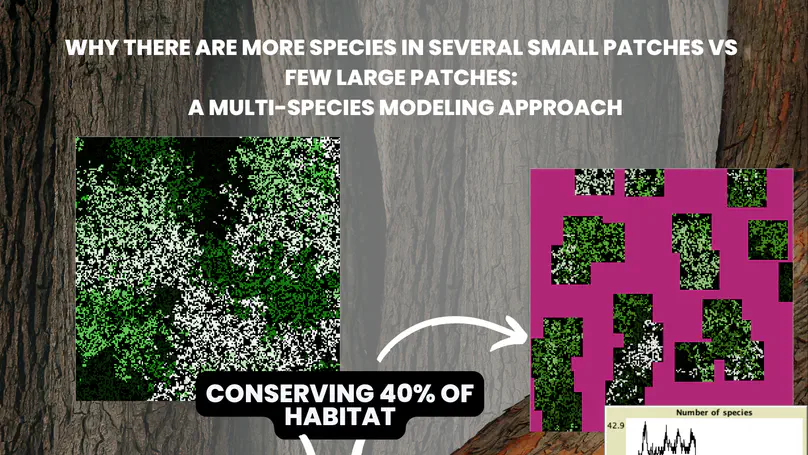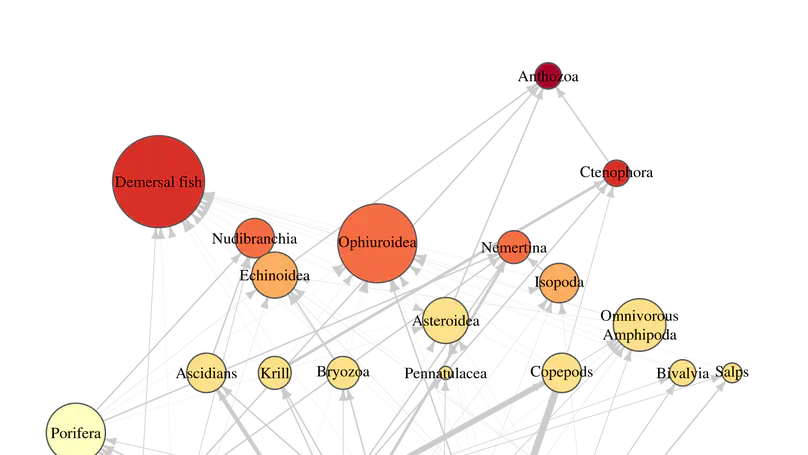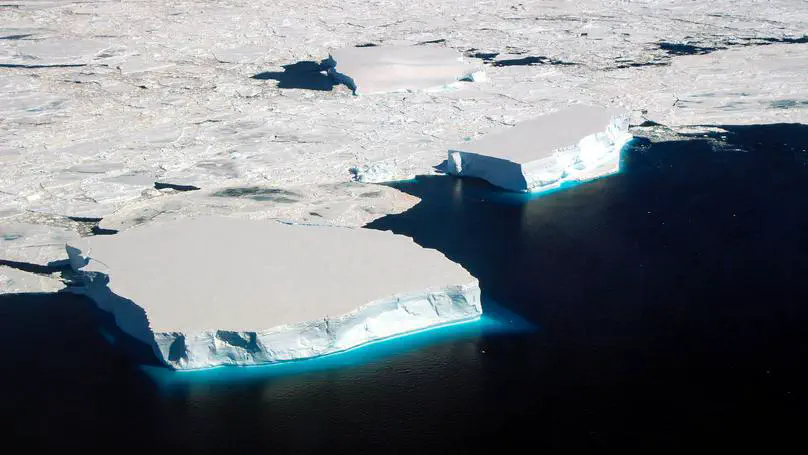Ecology and complex systems
Centro Austral de Investigaciones Científicas (CADIC)
The Ecological Complex Systems Lab investigates how ecological systems are shaped by interactions across scales—spatial, temporal, and organizational—using complex systems theory, quantitative modeling, and network approaches.
Latest News

Biodiversity around the world is declining due to the loss of natural habitats. When trying to protect what is left, conservation agencies often prioritize preserving one large habitat area over several smaller areas of the same total size. However, recent studies suggest that preserving multiple smaller areas can actually be more effective for protecting species.

Nos encontramos ante la mayor crisis ecológica de la historia de la humanidad. La acelerada pérdida de biodiversidad no solo afecta a las especies de manera individual, sino que también tiene repercusiones a nivel ecosistémico. Las especies no existen en aislamiento, sino que forman parte de complejas redes de interacciones que estructuran los ecosistemas.

In nature species interact among each other in many ways. The most common and studied interaction is that between a predator and its prey. A food web can be defined as a network of interactions that describes who eats whom in a certain ecosystem and at a certain time of the year. In any ecosystem, in a terrestrial, freshwater or marine environment, the so-called food web is comprised by lots of species (hundreds) and interactions (thousands), showing a complex network of predator-prey interactions.